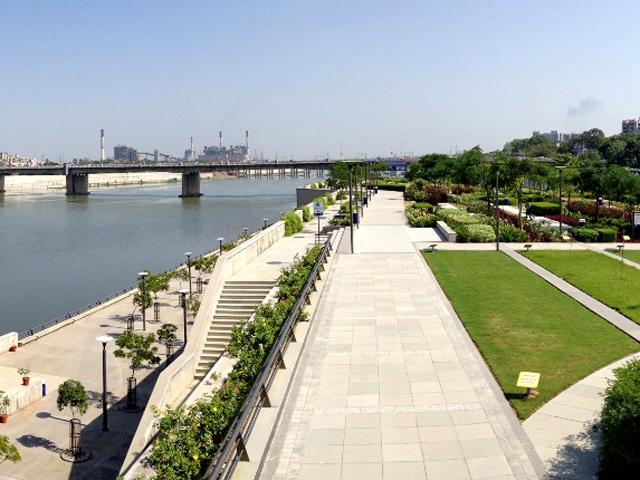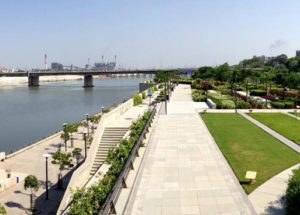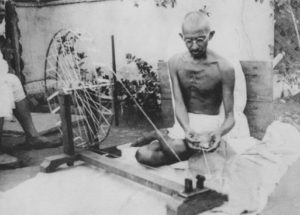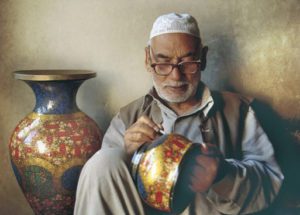If the design community is included at the highest level of decision-making, we can usher in a revolutionary way of making things happen in this country.
In his September 2013 address at platinum jubilee celebrations of the International Advertising Association, Narendra Modi called for establishing Brand India on the world stage. He gave many ideas and examples on where we could start on this. Amongst the things he mentioned was learning from how Mahatma Gandhi influenced hundreds of millions of Indians through unique story-telling using his symbols.
Each object that Gandhiji carried and used communicated big ideas with effectiveness that is so difficult to create even in today’s connected world. Gandhiji’s life was a very well documented experiment in itself as it happened, a reality show that inspired unprecedented collective action in the last century.
Modi went on lamenting the lack of ‘packaging and presentation’ of many inspiring ideas that India stands for, ideas that could not only impress but inspire the world to solve its ongoing problems. He also underscored the importance of soft power in international relations. In many ways, this speech is a call to action for designers too.
Design, indeed, is the tool that actually manufactures all perceived reality as consumed by human senses and may the force be with the designers.

We are optimistic that a big push will be provided to large-scale infrastructure projects in a responsible way. The pros and cons of these projects should and must be debated not only by the management thinkers, bureaucrats and urban planners but also by design thinkers, furniture designers, graphic and exhibition designers.
We designers have immense empathy for people and we can demonstrate our ability to create functional and experientially rich environments that also communicate our heritage with local sensibilities and global appeal. Together, we can definitely create a uniquely Indian urban experience that can inspire the world.
Let us all play an important role in primary and secondary education. We can bring in the much-needed difference by showing a way to use science and technology with a sense of history and culture.
The much talked about belief in our values and our traditions needs to be inculcated at a young age. Why not look at modules that blend cultural anthropology and modern technology to foster problem-solving skills? Working together as a team at the school level itself can work wonders when it comes to solving complex civic problems.
Designers can ‘package and present’ a unique story for things that have the inherent symbolic value be it a book on Gandhiji or Ayurveda and Yoga. We are not talking about the last leg aesthetic intervention after the story is written but an upstream thinking on what and how it should be done. We should be on the policy committees and decision-making bodies that will promote international trade, promote tourism, build museums and write guidelines for doing these.
The world has been talking about an ecologically sustainable way of life. Designers have been, in their own capacity, effecting this change at product level and packaging. We need clear policy on how manufacturers make these things and the role of designers as product architects. We do not authorise unqualified medical intervention, why do we allow unqualified development of consumer products?
Last and most important aspect is of intellectual property. If we do not develop this aspect of our story, we cannot reach out to the world with it. We must learn to protect our intellectual property as fiercely as our immovable property. After all, our culture, tradition and heritage are the most important real estate that we have.
Here’s hoping we get to do what we got to do.
-

The riverfront project in Ahmedabad is remarkable in its involvement of top design agencies and independent execution authority. We need design think-tanks to make these initiatives commonplace in urban infrastructure.
-

Small objects, big ideas. Gandhiji indeed was a great communicator. His reality show experiment with his own life brought about the unprecedented collective action of the last century.
-

How can we teach schoolchildren science and technology with a sensitivity to culture and heritage. A rich culture of craft can show us the way forward.
-

Packaging and presentation of Ayurveda and Yoga. A policy push from the government should include strategic design intervention in packaging.
-

The Denver International Airport celebrates the snow capped rocky mountains behind the airport. Let’s have collective design action beyond surface graphics in bringing in Indian identity in building large public spaces.
